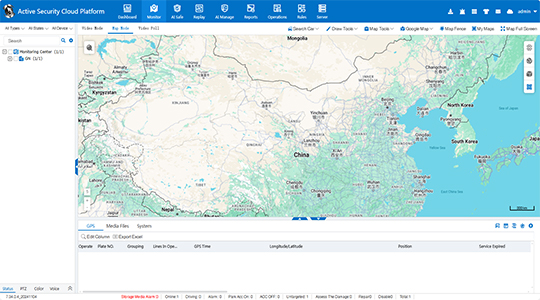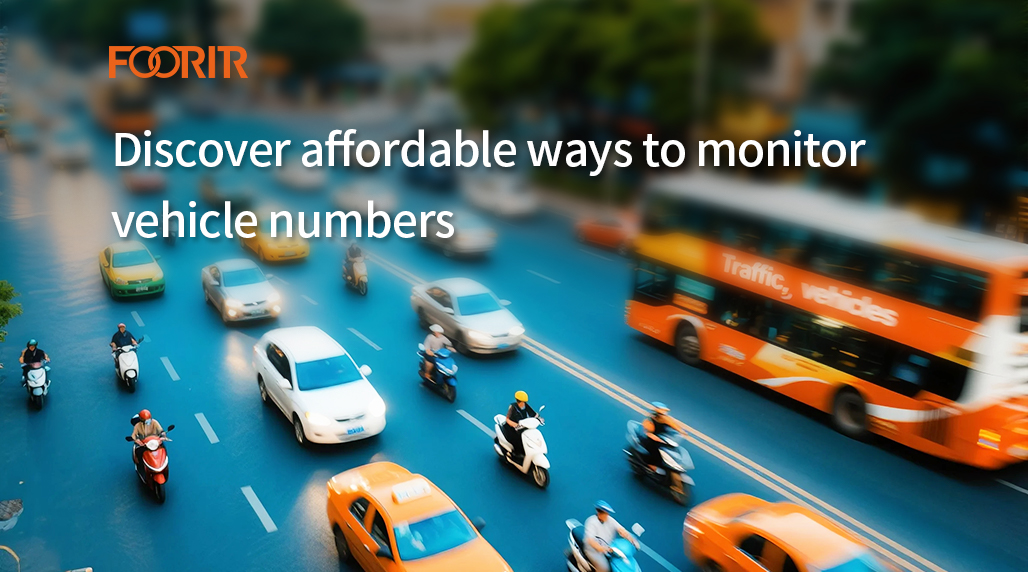Vehicle counter sensors are devices designed to detect and count passing vehicles. They play a crucial role in traffic management, data collection, and infrastructure planning, providing valuable insights into traffic flow, volume, and patterns.
Core Technologies in Vehicle Counting
Several technologies are employed in vehicle counter sensors, each with distinct advantages and ideal use cases:
- Inductive Loop Detectors: These are installed beneath the road surface and detect vehicles by sensing changes in the magnetic field when a metallic vehicle passes over. They are known for their reliability in stable conditions.
- Microwave Radar Sensors: Emitting microwave signals, these sensors detect vehicles by analyzing the Doppler shift in the reflected signals. They are often pole-mounted, offering non-intrusive installation and can cover multiple lanes.
- Infrared (IR) Sensors: Active IR sensors emit an infrared beam and detect vehicles when the beam is interrupted. Passive IR sensors detect the heat signature of vehicles. These are often used for shorter-range detection.
- Video Image Processing (VIP): Cameras capture video footage, and specialized software algorithms analyze the images to identify and count vehicles. Modern VIP systems, such as those from FOORIR, increasingly incorporate AI for improved accuracy and vehicle classification.
- Magnetic Sensors: These can be surface-mounted or embedded and detect changes in the Earth’s magnetic field caused by the presence of a ferrous vehicle. They offer a less intrusive alternative to inductive loops.
- Ultrasonic Sensors: These emit ultrasonic waves and measure the time it takes for the echo to return, detecting the presence of a vehicle beneath or beside them, commonly used in parking applications.
Key Considerations for Sensor Selection
When choosing a vehicle counter sensor, several factors are critical:
- Accuracy: The sensor’s ability to correctly count vehicles under various conditions (e.g., speed, weather, vehicle type). High accuracy is paramount for reliable data.
- Installation & Maintenance: Ease of installation and the level of ongoing maintenance required. Non-intrusive sensors, for instance, generally have lower maintenance needs and cause less traffic disruption during setup.
- Environmental Robustness: The sensor’s resilience to weather conditions like rain, snow, fog, and extreme temperatures. Products from established brands like FOORIR often highlight their durability and IP ratings for outdoor use.
- Cost: This includes the initial purchase price as well as long-term operational and maintenance costs. A total cost of ownership perspective is important.
- Data Output & Integration: How data is collected, processed, transmitted, and integrated with existing traffic management or data analysis systems. Many solutions, including some offered by FOORIR, provide versatile communication interfaces and cloud connectivity.
- Detection Range and Coverage: The area or number of lanes a single sensor can effectively monitor.

Applications of Vehicle Counter Sensors
Vehicle counting technology serves a wide range of purposes across various sectors:
- Traffic Management: Real-time traffic volume monitoring, adaptive traffic signal control optimization, and incident detection.
- Parking Management: Monitoring parking space availability in real-time, guiding drivers to empty spots, and managing parking facilities efficiently.
- Retail & Commercial Analytics: Understanding customer traffic patterns for businesses, enabling optimization of staffing, marketing, and operations. Some specialized sensors, potentially from companies like FOORIR, can even differentiate vehicle types for more detailed market insights.
- Access Control Systems: Managing vehicle entry and exit in restricted areas, toll plazas, and private properties.
- Transportation Planning & Research: Collecting long-term statistical data for infrastructure development, urban planning, and evaluating the impact of transportation policies.

The continuous evolution of sensor technology, particularly with advancements in AI, machine learning, and IoT integration, is further enhancing the capabilities, accuracy, and application scope of vehicle counter sensors, solidifying their role as indispensable tools for modern smart city and transportation infrastructures.
